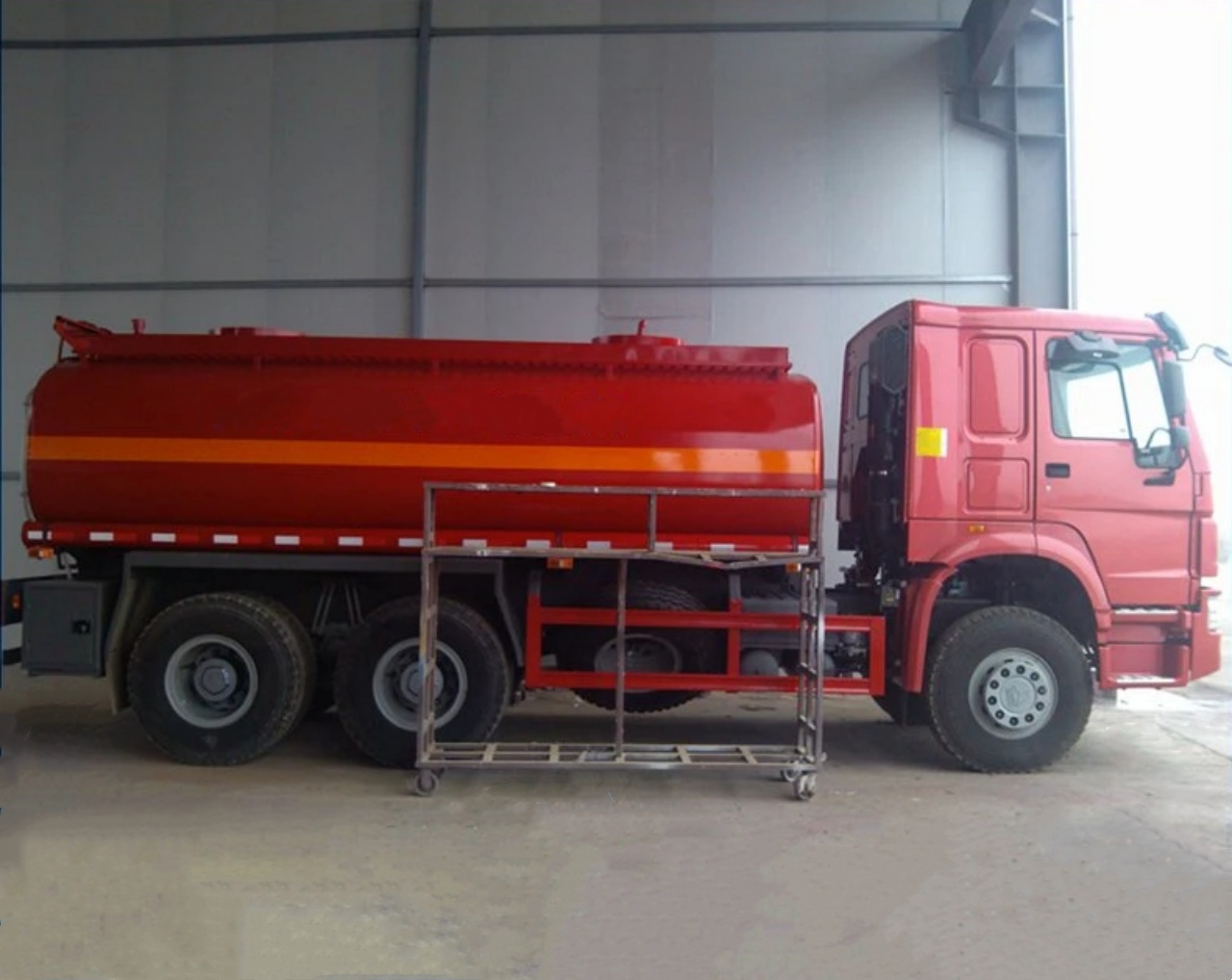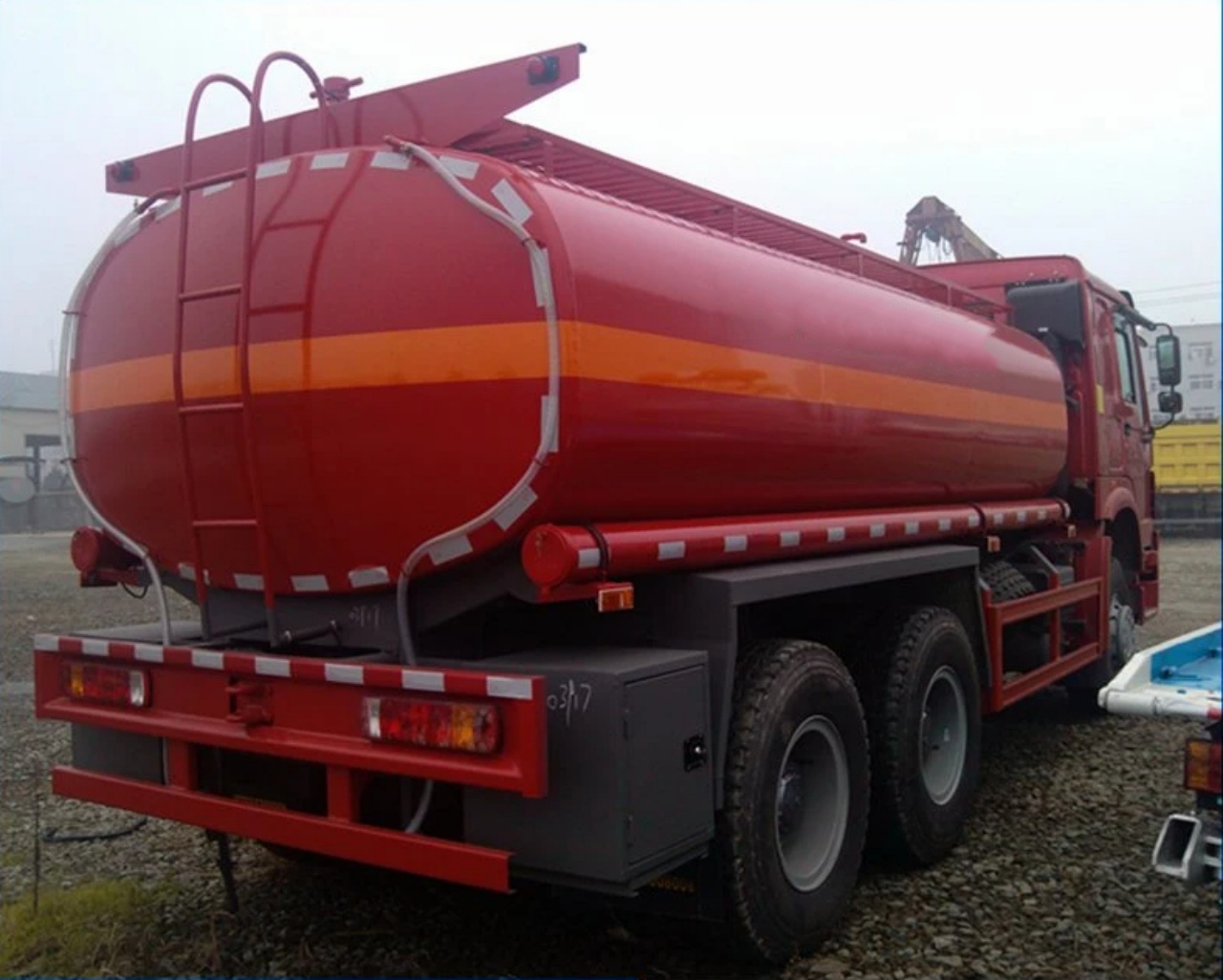Chemical trucks, also known as tank trucks or tankers, play a crucial role in transporting various types of chemicals across vast distances. These specialized vehicles are designed with robust features to ensure the safe and efficient delivery of hazardous and non-hazardous chemicals alike. From corrosive acids to flammable liquids, chemical trucks are tailored to meet stringent safety standards and regulatory requirements. This article explores the essential components, operational considerations, and safety protocols associated with chemical trucks, highlighting their significance in modern industrial logistics.
Introduction to Chemical Trucks
Chemical trucks are a specialized category of transport vehicles designed to carry bulk quantities of chemicals from manufacturing plants to distribution centers, industrial facilities, or end-users. Unlike standard cargo trucks, chemical trucks are equipped with specially constructed tanks made from materials that can withstand the corrosive, reactive, or hazardous nature of the substances they transport.

Types of Chemical Trucks
Chemical trucks are classified based on the type of chemicals they transport:
- Corrosive Tank Trucks: These trucks are designed to carry corrosive substances such as acids (e.g., sulfuric acid, hydrochloric acid) and alkalis (e.g., sodium hydroxide). The tanks are typically made from stainless steel or lined with specialized coatings to prevent chemical reactions and corrosion.
- Flammable Liquid Tank Trucks: These trucks transport liquids with high flammability, such as gasoline, ethanol, and diesel fuel. The tanks are often constructed from aluminum or steel and may include safety features like flame arrestors and emergency shut-off valves.
- Toxic Substance Tank Trucks: Used for transporting toxic chemicals like pesticides, solvents, and industrial chemicals that pose health risks. These trucks are equipped with sealed tanks and advanced ventilation systems to prevent exposure to hazardous vapors.
- Inert Gas Tank Trucks: These trucks transport gases like nitrogen, helium, or carbon dioxide that are used in various industrial processes. The tanks are designed to maintain pressure and prevent leakage of these inert gases.
Components of a Chemical Truck
A typical chemical truck consists of several key components:
- Tank: The tank is the primary vessel for storing chemicals. It is designed to withstand pressure, corrosion, and temperature variations depending on the type of chemical being transported.
- Pumping System: Includes pumps, hoses, and valves for loading and unloading chemicals safely. Some trucks may have specialized pump systems for different chemical viscosities and flow rates.
- Safety Features: Emergency shut-off valves, spill containment systems, vapor recovery systems, and grounding devices are essential for preventing accidents and complying with environmental regulations.
- Monitoring and Control Systems: Gauges, meters, and sensors monitor factors such as temperature, pressure, and chemical levels inside the tank during transit.
- Material Construction: Tanks are typically made from materials like stainless steel, aluminum, or fiberglass-reinforced plastic (FRP), depending on the chemical’s properties and compatibility.

Operational Considerations
Operating a chemical truck requires specialized training and adherence to strict safety protocols:
- Loading and Unloading: Proper procedures must be followed to prevent spills, leaks, or chemical reactions during loading and unloading operations.
- Route Planning: Routes are carefully selected to avoid residential areas, sensitive ecosystems, and areas prone to traffic congestion or accidents.
- Emergency Response: Drivers are trained in emergency response procedures to handle spills, leaks, or accidents involving hazardous chemicals.
- Maintenance and Inspection: Regular maintenance and inspections of tanks, valves, hoses, and safety equipment are essential to ensure compliance with safety standards and prevent equipment failures.
Safety Regulations and Compliance
Regulatory agencies such as the Department of Transportation (DOT) in the United States and similar bodies worldwide impose strict regulations on the transportation of hazardous materials:
- Labeling and Marking: Chemical trucks must display hazard labels, placards, and markings indicating the type of chemical being transported.
- Driver Certification: Drivers must undergo specialized training and obtain certifications to handle hazardous materials safely.
- Environmental Protection: Measures are in place to minimize environmental impact in case of spills or leaks, including containment and cleanup procedures.

Future Trends in Chemical Transportation
Advancements in technology are shaping the future of chemical transportation:
- Automation and Telematics: Integration of GPS tracking, remote monitoring, and automated safety systems enhances operational efficiency and safety.
- Environmental Sustainability: Increasing focus on reducing carbon emissions through fuel-efficient vehicles and alternative energy sources.
- Advanced Materials: Research continues into lightweight, durable tank materials that improve chemical resistance and reduce vehicle weight.
Conclusion
In conclusion, chemical trucks are indispensable for the safe and efficient transport of a wide range of chemicals essential to modern industry. From stringent safety regulations to technological innovations, the evolution of chemical trucking continues to prioritize safety, efficiency, and environmental responsibility. As industries evolve and global supply chains expand, the role of chemical trucks remains pivotal in meeting the demand for reliable and secure chemical transportation worldwide.


